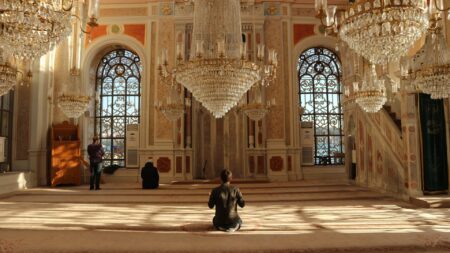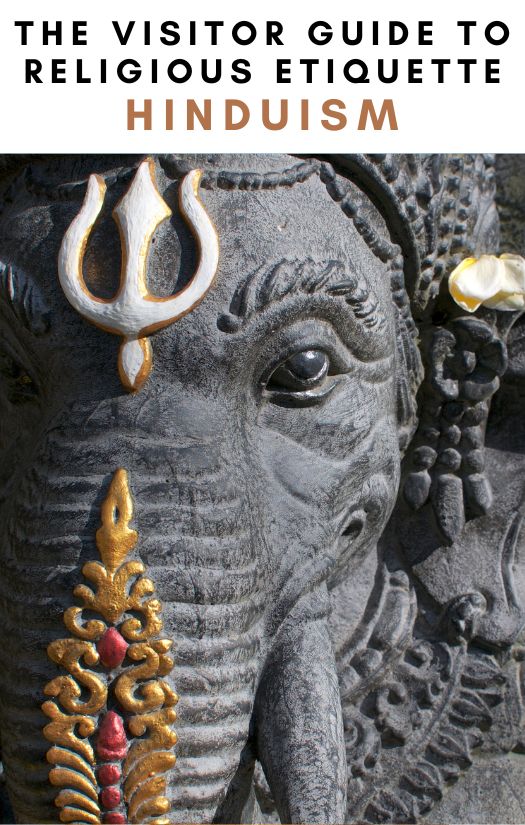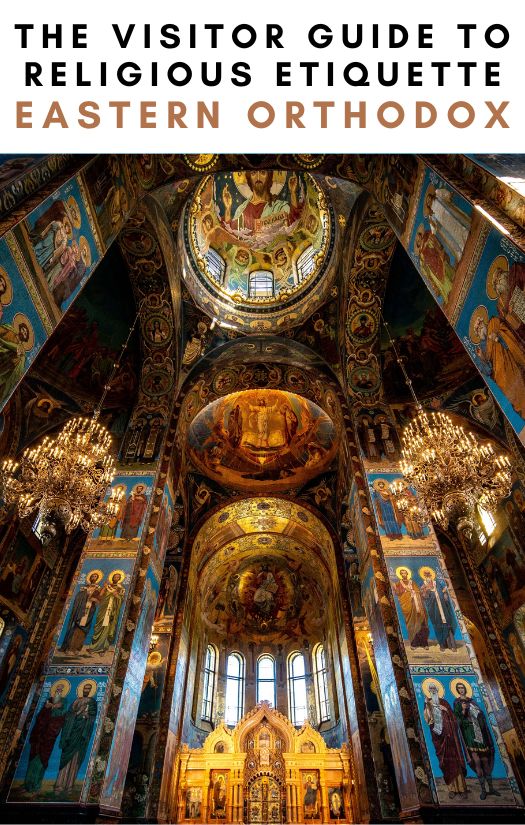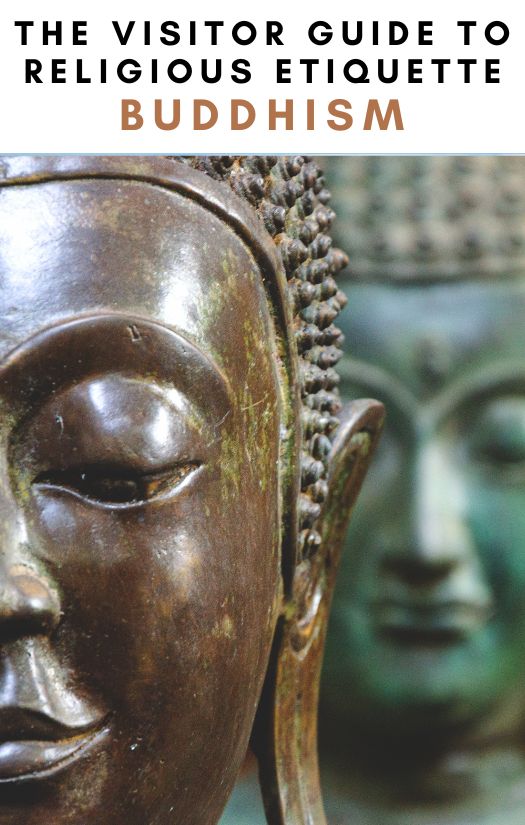Introduction disclaimer
The following is meant as a quick and basic summary of the Islamic religion for tourists and visitors. As such, it barely scratches the surface of the complexity of the belief system, its culture, and its traditions.
Like everybody else, I had a certain upbringing and education based on my origins, and like everybody else, my knowledge and view of the world are irreparably skewed by this, no matter how much education, openness, personal growth, change, and transformation occur.
I did not grow up in a Muslim tradition and therefore there are certainly a lot of important details that I do not cover or things that I represent in an incorrect way, but again, this is solely due to my different, western origins.
The information that I provide is accurate to the best of my knowledge, experience, and research and, as said, aimed at travelers and tourists. “Religious Monuments for Dummies,” if you like, a category in which I fully put myself into.
Overview

Islam is the youngest of the three Abrahamic religions and the second most widespread in terms of worldwide followers. It is a universal religion that is spread throughout the world but is the predominant religion in Southern and Western Asia, North Africa, and the Middle East.
Its scriptures recognize the existence of the previous two religions, considering them People of the Book as opposed to other non-believers. The one God common to the Abrahamic religion is called Allah in the Muslim interpretation.
The main sacred text is the Qur’an, which Muslims believe was orally revealed by God to the final prophet, Muhammad, through the archangel Gabriel. The Ḥadīth are also sacred texts and related to third-party accounts of what Muhammad said and did.
Islam’s faith is based on “five pillars”. These are
- shahada – the profession of faith, where the conviction that there is no other god but God is recited, reinforced, and lived by.
- salat – prayer. Five prayers are performed daily, at dawn, noon, mid-afternoon, sunset, and after dark. Prayer is done either individually, at any location, or congregationally in a mosque.
- zakat – alms and charity. Muslims donate to the community and to members in need.
- sawm – fasting. During the period of Ramadan (the ninth month in the Islamic calendar), during the daylight hours, all able (meaning healthy) Muslims are required to abstain from food, drinks, and any activity related to vice.
- hajj – pilgrimage. Every Muslim who is able (again meaning healthy, sane, and with the means to do so) must make at least one pilgrimage visit to the holy city of Mecca.
Again, like Christianity which recognizes Judaism through its Bible/Old Testament, the Qur’an recognizes both the Jewish religion and the Christian one. When it comes to Christianity for example, Christ is akin to one of the many prophets but is not worshipped as only Muhammad is considered the “true” prophet.
Islam has arguably penetrated more into the cultural history of the population it has touched. Prayer, societal norms, dogmas, and teachings are generally followed more, and this is in part because of the peculiar nature of the Qur’an, which contains teachings and rules that are quite specific, especially when compared to other religious texts. Because of this, Islam is characterized by extensive scholarly interpretation of the scriptures since its text touches on many aspects of everyday life, from economics to judicial aspects to social matters (for example, the well-known gender separation).
Places of worship and admittance to visitors

Entrance to places of worship is generally permitted and welcomed with some exceptions such as Mecca where only Muslims are admitted.
The places of worship in Islam are mosques (masājid), and as with all other places of worship, respect is of utmost importance. Like other temples or churches, there are some peculiarities and specific rules that need to be followed.
Apart from the normal requirement to dress in a somber, plain fashion, in the case of women, their hair should be covered in a scarf (hijab). If a woman does not have one, it can usually be found at the entrances of mosques, although it is always best to carry their own for obvious reasons. In general, a female visiting a Muslim country should be prepared to often wear a scarf.
The interior and prayer hall is a large empty hall with no seating, altars, reliquaries, or furniture, with the exception of the bookshelves and the Qur’an. Muslims pray while sitting and prostrating on the carpet floor. As such, to enter all mosques, one must first remove their shoes and hats.
Muslims perform their Salah prayers five times a day based on the position of the sun. They face the direction of Mecca, which within a mosque corresponds to where the qibla is, which points in that direction. Do not point your feet in that direction.
Friday prayers are very important and are communal. In my opinion, as a visitor, it would be best to avoid this day and not visit mosques during their Friday afternoon prayer so as not to bother but if you really want to witness their religion in practice, take special care during these moments.
When entering a mosque people greet each other with “As-Salamu ‘alaykum” and return the greeting with “Wa ‘alaikum-as-salam”. As a visitor, you are not expected to follow this although it shows great respect if you do and will certainly be appreciated.
Visitor etiquette: Photography

In Islam, idolatry is forbidden (it is haram) and in fact, there is no iconography of the prophet or Allah, as it is considered to be an imitation of the creation of Allah. For example, the Hadith states that “the angels do not enter a house in which there is a dog or pictures” and also that “those who will be most severely punished by Allah on the Day of Resurrection will be the image-makers”.
As mentioned in the overview, the Qu’ran and Hadith are very specific books, and Islam has the peculiarity of having scholars who continuously interpret the scriptures, applying them to modern times and events (as opposed to Catholic theology, which remains more confined in the realm of philosophy and abstract thinking).
So there is an issue in principle but the common accepted resolution by scholars is that photography is not an attempt to imitate or recreate but to capture the creation and thus is allowed. Therefore, photography is permitted.
When it comes to mosques pictures can be taken freely but one should avoid pointing their camera at worshippers during their prayers or outside during their ablution process.
Religious figures
Islam, much like Christianity, is hierarchical, and as such, there are several religious figures. Also, because of the intrinsic nature of the Qu’ran and its doctrines which merge with everyday life, there is a lot of importance given to scholars and interpreters of such doctrines for example, the Mufti, when talking about Islamic law.
The most famous and notable figures are the Imams, the leaders of the Islamic community and heads of mosques. Other well-known figures are caliphs when talking about political-religious leaders. The muezzin is responsible for the daily prayers.
Dress code & behavior

As always in places of worship, dressing should be humble and somber. This entails not having dresses that are too revealing and expose too much skin, such as long-sleeved shirts and long pants or dresses, as well as plain colors and the absence of any strong logos or pictures.
This is especially important to tourists as they often dress in a sporty and light manner due to their extensive sightseeing, but it is important to remember the sacredness of the place being visited.
Strong perfume should also be avoided and in general, the idea is to not stand out and be humble and respectful.
Also, as in any place of worship, hats and sunglasses should be removed and it goes without saying that eating, drinking, smoking, talking loudly, having ringing cellphones, etc. are big no-nos.
Gender Separation
Many religions have strong separations when it comes to genders. This is arguably even more the case when it comes to Islam, which has relatively strict rules for the general population when it comes to gender separation. The most notable example of this is the head scarf (hijab) worn by women to cover their hair. Another example is polygamy, which, according to the Qur’an, is permitted for men who can marry up to four wives. It must be said though that, as written in the general overview, there is extensive debate and interpretation by scholars on the Qur’an and Islam may be the religion that has the strongest differences when it comes to orthodox interpretations of the holy text and the more lax following of the religion.
Regarding mosques, there are usually separate entrances to the interior for males and females. Also, depending on the mosque, women pray behind men in the main prayer hall (musallā) or in many cases have a separate room to the side.
Death Rites
The focal point of Muslims’ prayers is towards Mecca, the holy city in modern-day Saudi Arabia. During the final hours before death, Muslims will lie on their right-hand side facing Mecca and continue to direct prayers towards it.
The only accepted form of treatment for the deceased is burial, which should happen as soon as possible. Before burial, family members will wash the body of the deceased, usually three times. The body is then wrapped in sheets, tied with rope, and taken to the mosque for the funeral.
Mourning lasts officially for 40 days and during the first 3 days, the community will usually bring food to the family.
Closing Thoughts
Despite being the most recent of the three Abrahamic religions and relatively new in general, Islam is the second largest in terms of people practicing around the world. Emphasizing the importance of faith, prayer, charity, peace, and justice, it provides a lens through which to view the world. It is also arguably the religion that, more than all others, challenges modern society, as its impact is enormous, touching many aspects of daily life.
This post is an extract of the larger article on comparative religions, which covers eastern religions such as Buddhism, Taoism, and Shinto as well as the three Abrahamic western religions (there is also Greek mythology and Cthulhu thrown in there just for fun and to give perspective on these nuanced and sensitive subjects). Check it out, as seeing the differences between various religions can only increase knowledge about a specific one.





